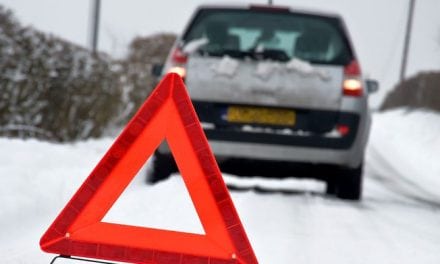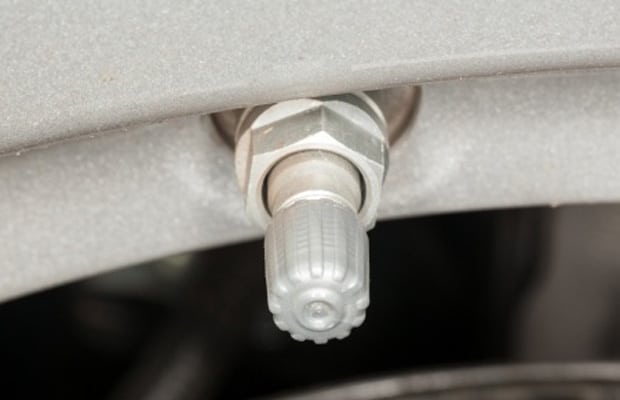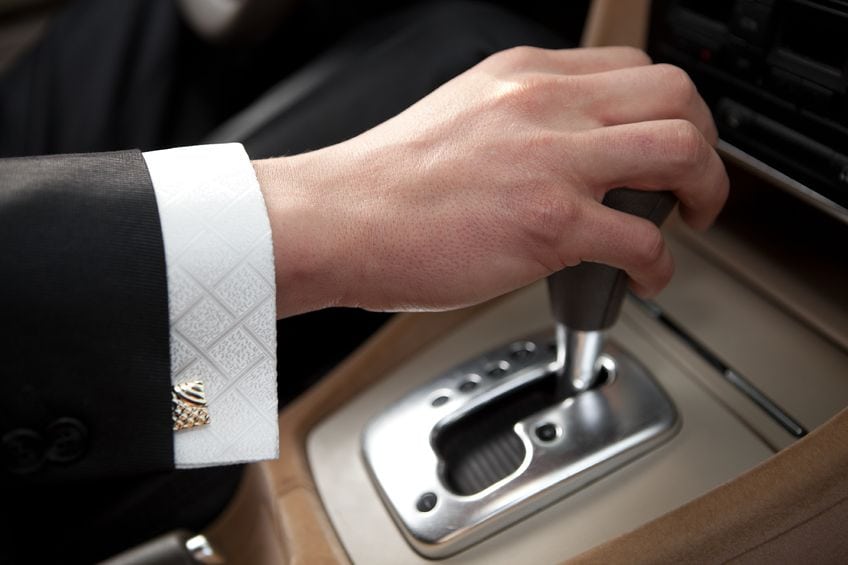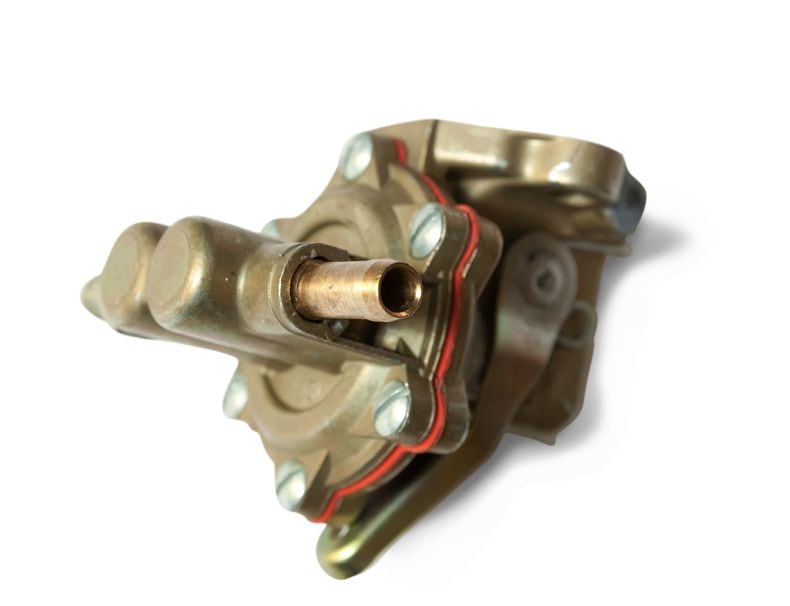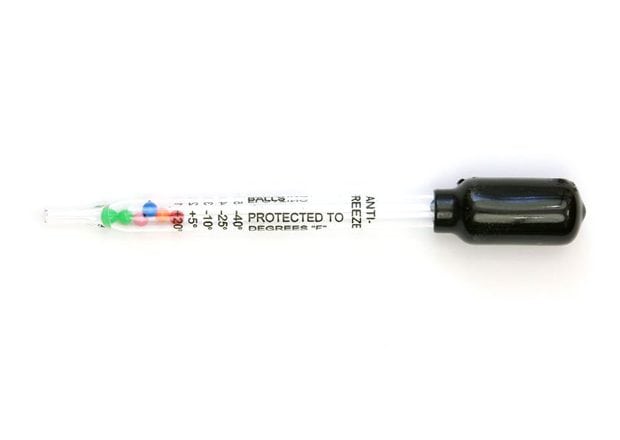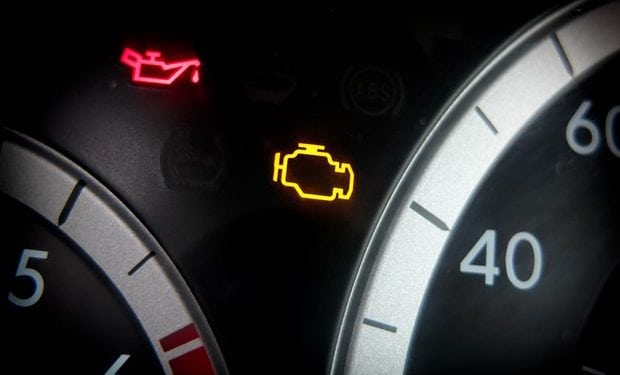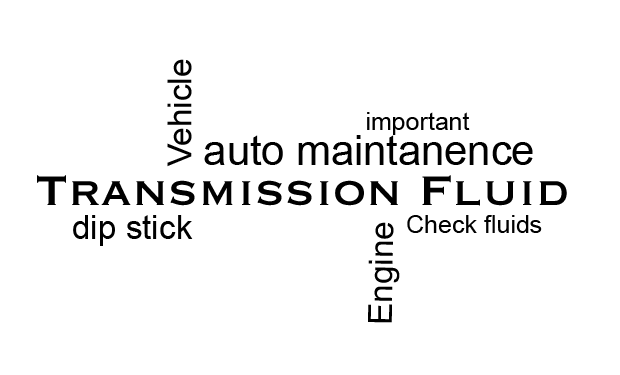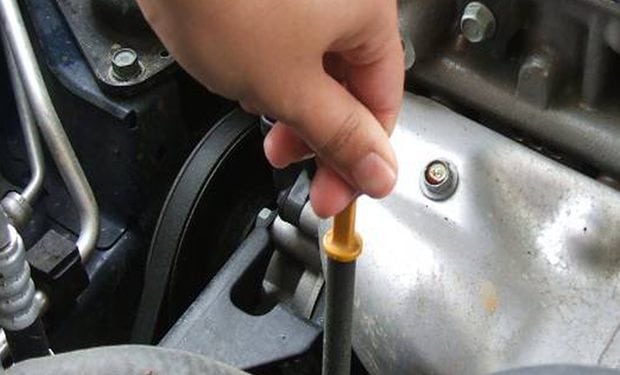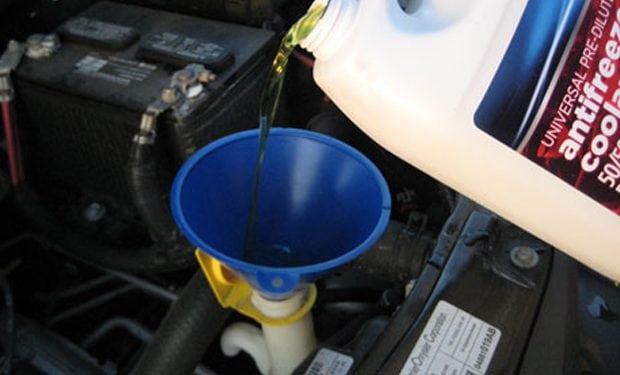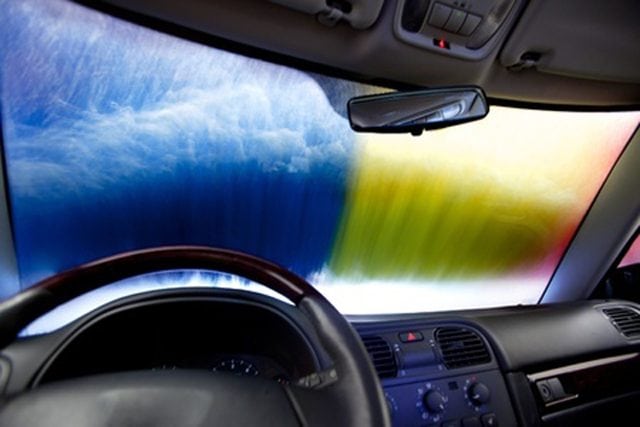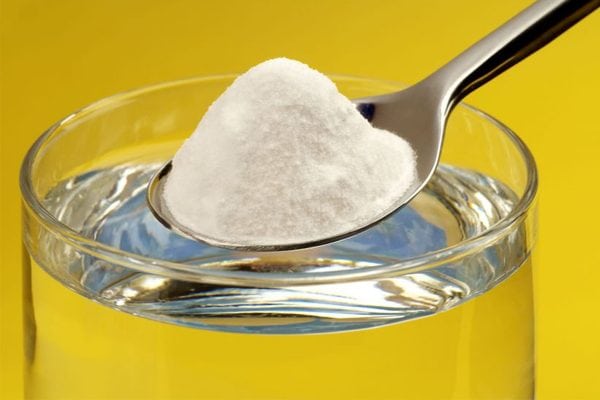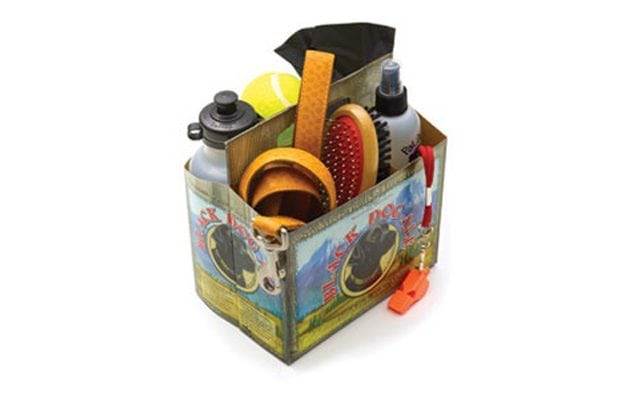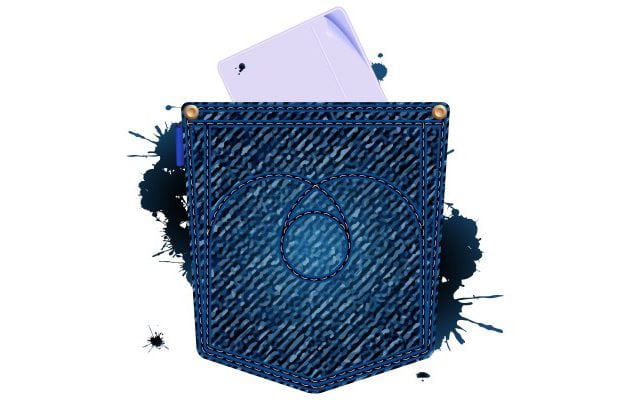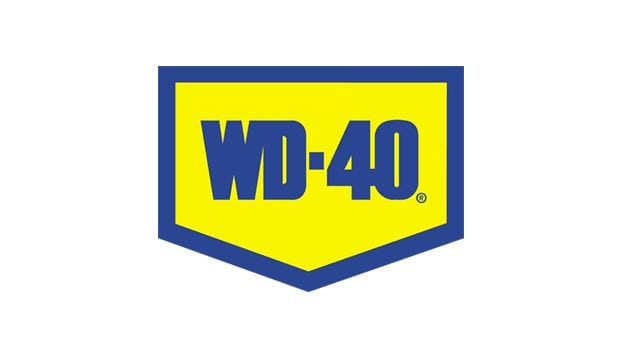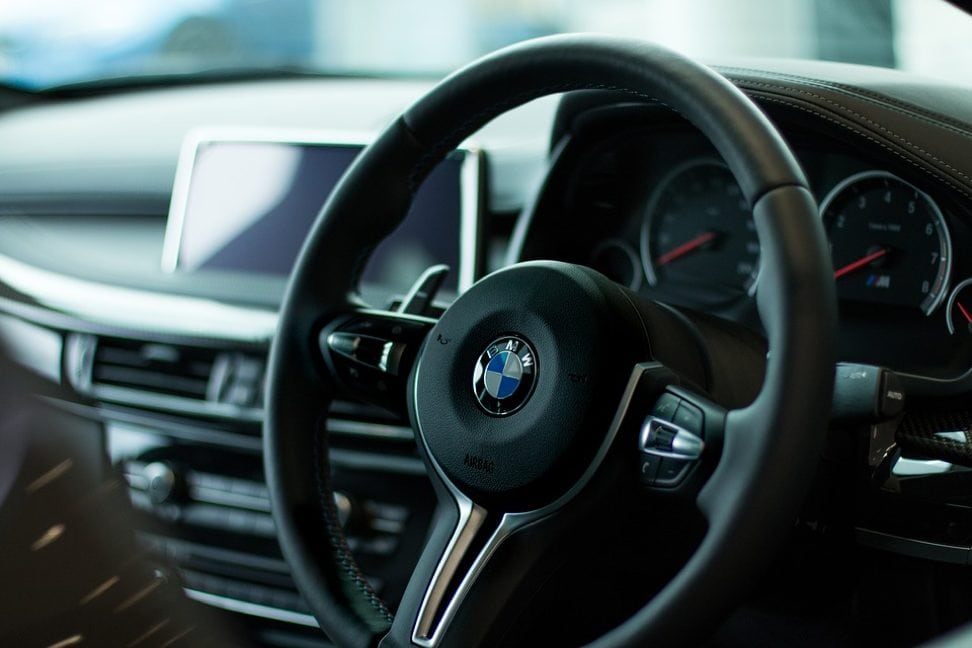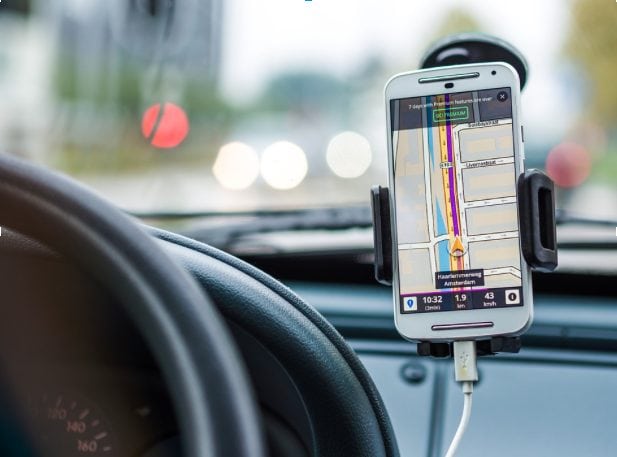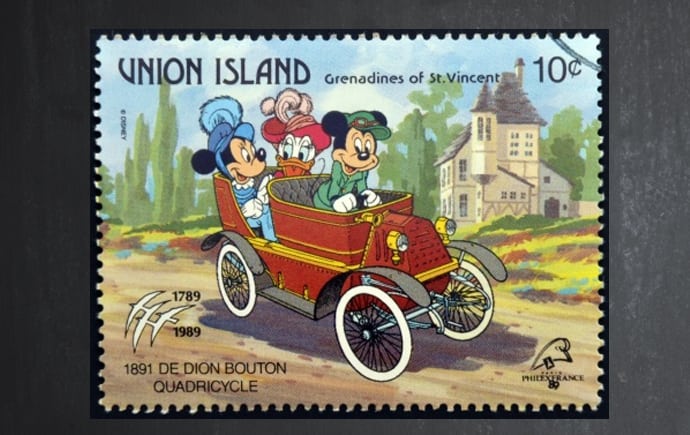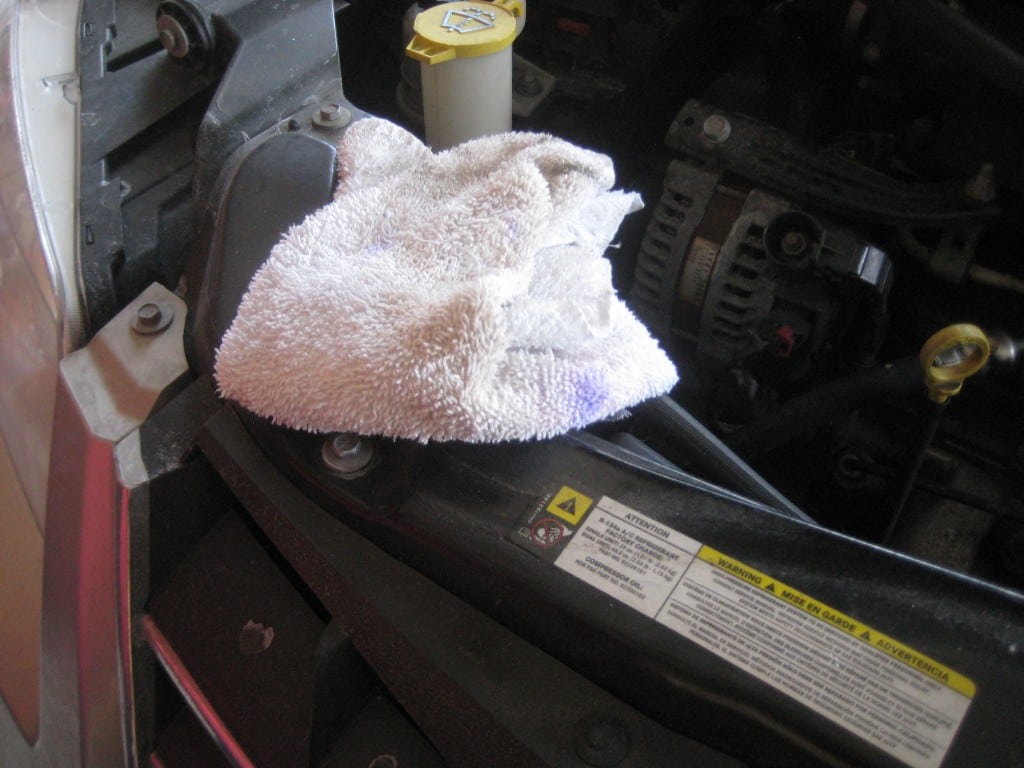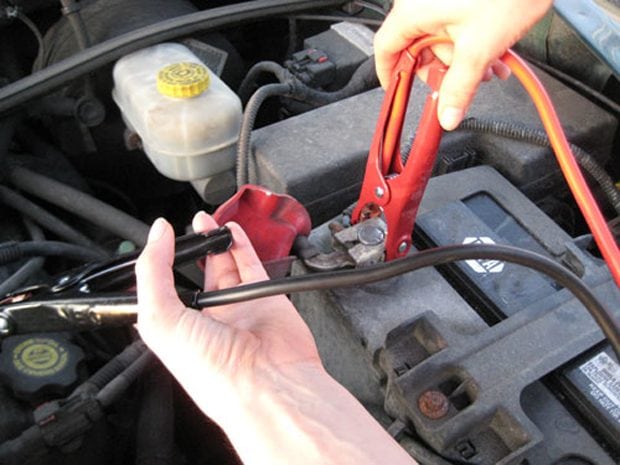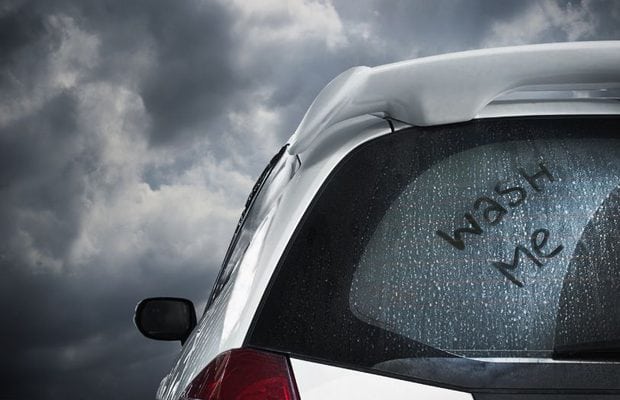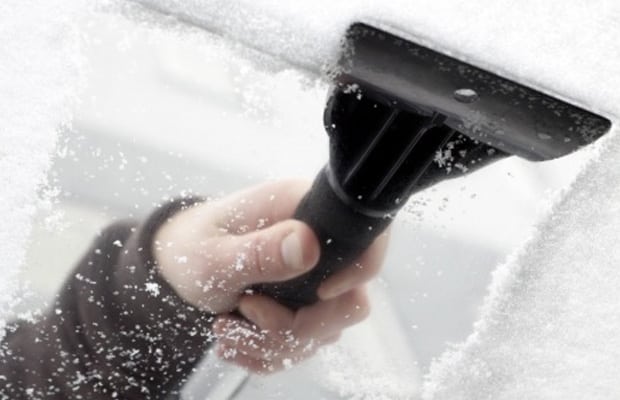
Overheating Car
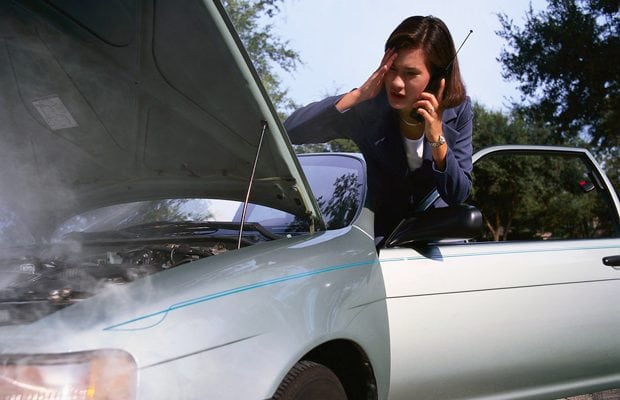

It is very important to use great CAUTION when dealing with an overheating car. The
engine will be very hot so take care to avoid serious personal injury when dealing with a hot engine. If you are feeling uncertain, PLEASE call a tow truck.
The following instructions are only a temporary solution. This information will help you get your vehicle to the nearest safe location where you, or a mechanic, can determine what caused your vehicle to overheat.
Your car may be overheating if:
1. Your service light comes on
2. You notice a smell like coolant
3. Steam is coming out from under the hood
4. The temperature gauge on your dash is registering high or over 220 degrees Fahrenheit
5. A coolant or HOT signal lights up on your dash
6. Any combination of the above
WARNINGS and things to know before you begin:
It is DANGEROUS to open the radiator cap before the car has cooled. The cooling system is under pressure and pressure increases with heat. Opening the cap when hot, especially when really hot, can cause the coolant to come spitting out and burn you. It may be enough, for now, to let your vehicle cool down and then drive to the nearest service station. However, if your car is overheating there is a good chance that your fluid is low. This indicates that you probably have a severe leak, water pump failure or some other serious issue. Adding more coolant or water to your engine can help you get a few more miles down the road, but don’t think you are going to drive the car to work all week and take your car to the shop on Saturday. It usually only takes a few minutes for the engine to get to operating temperature; if there is a problem it probably won’t take long before it overheats again. Heat can do serious damage quickly so don’t risk it. If you can’t get to a professional quickly, call a tow truck.
If you do need to add fluid to your car, NEVER put cold water into an overheating engine, it could CRACK YOUR ENGINE BLOCK. Wait until the car is cool and then add coolant (preferable) or water. Some cars do not have a radiator cap anymore. They often only have one cap on the coolant reservoir itself. If you do have a cap on the radiator add the water or coolant there, if not, add the fluid to the coolant reservoir.
Before you begin you will need the following items:
1. 2 liters of water or coolant (more could be needed)
2. A heavy cloth item, such as a towel, sweatshirt, or blanket (item may become dirty or ruined during use)
INSTRUCTIONS:
1. Find a safe place to pull over. Shut your vehicle off immediately.
2. ***VERY IMPORTANT*** Raise the hood and allow the engine to cool off until coolant is no longer boiling over. This may take up to 40 minutes.
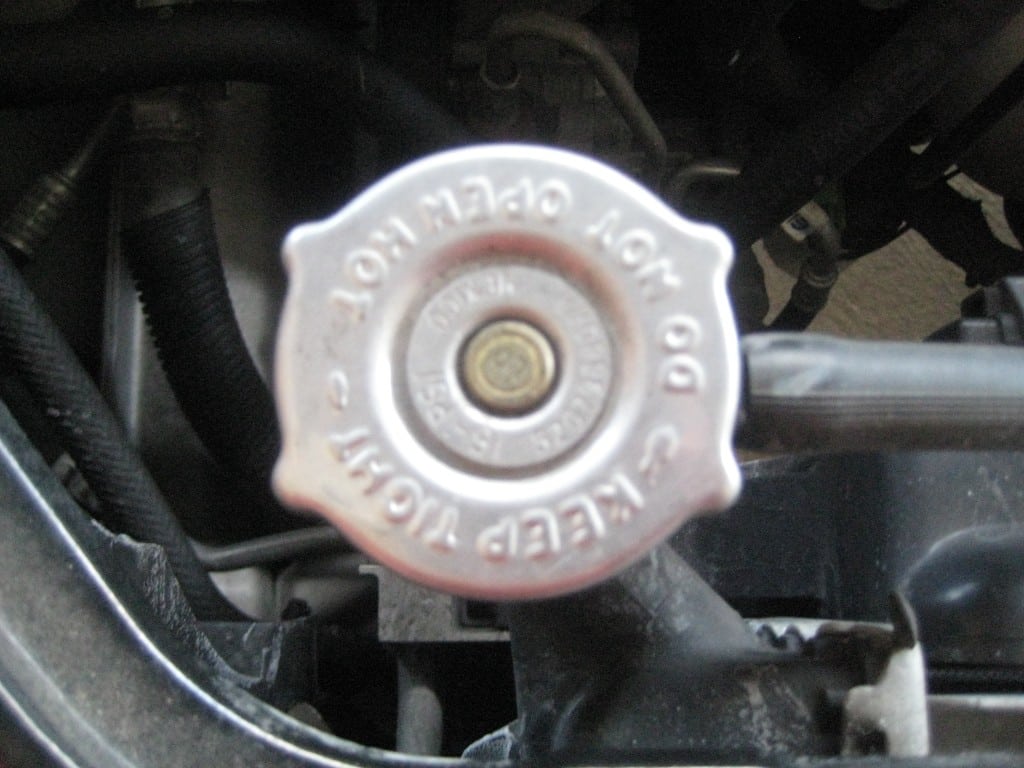
3. Locate the radiator cap. Your cap may look different, if you are unsure, check your user manual. If you do not have a radiator cap, skip the following steps and add fluid to your coolant reservoir.
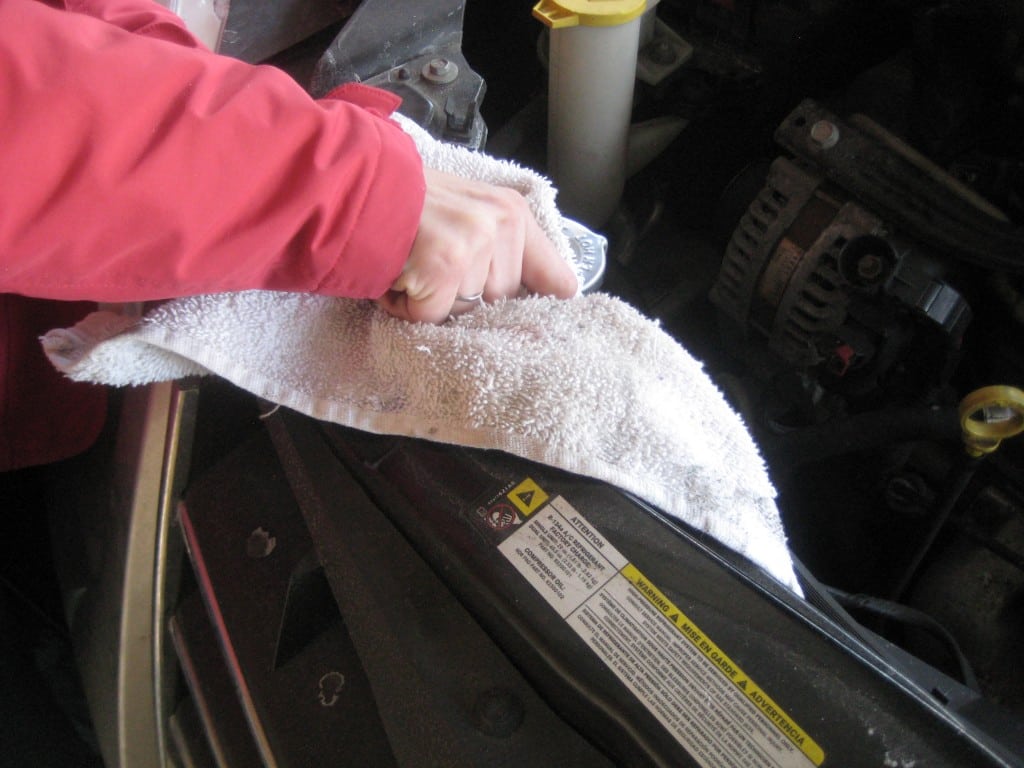
4. Use your towel (or other heavy cloth item) to cover the radiator cap. This is the metal cap that is attached to your radiator. Turn the cap to the left one click and then step back. The radiator will release steam and pressure. MAKE SURE THAT THE ENGINE IS COOL!
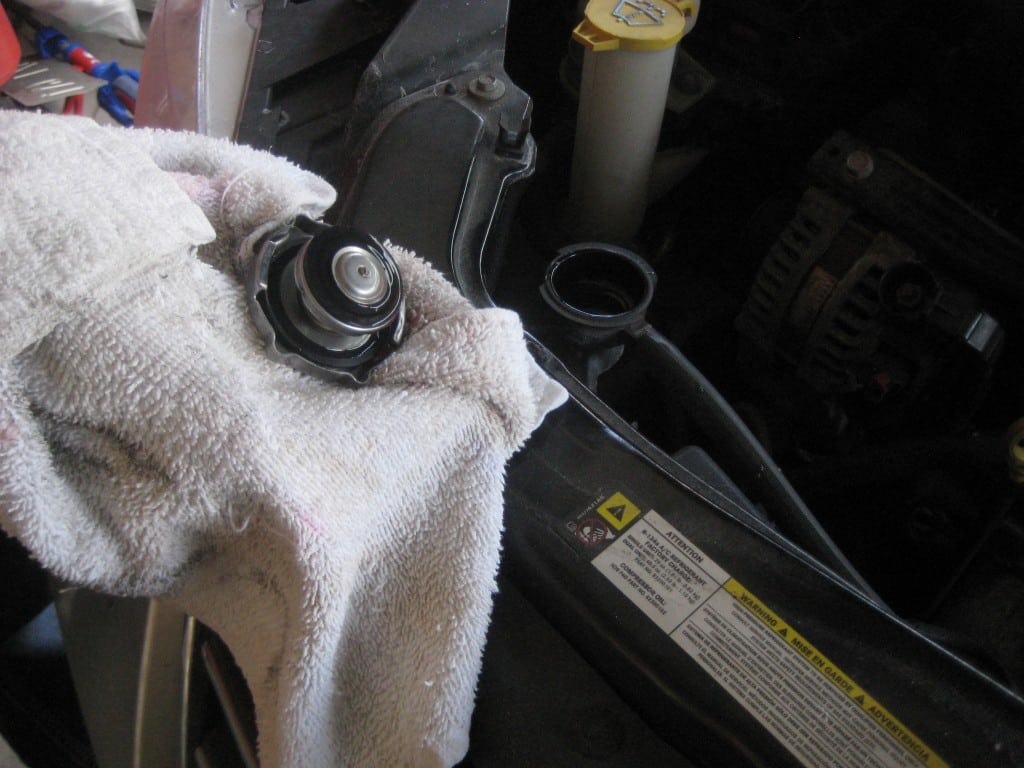
6. Once the pressure has cleared, press down on the radiator cap with the towel and turn the cap to the left to remove the cap. This will be similar to removing a child proof cap.
7. Once the cap is off, you can add fluid (coolant/antifreeze or water) to your vehicle. If you have a radiator cap, then add coolant or water to your radiator first. That is the cap that you just removed.
8. Replace the radiator cap TIGHTLY.
9. Check your coolant level in the coolant/anti-freeze surge tank (step-by-step instructions). If the coolant surge tank is low on fluid, you should also add fluid to the plastic surge tank as well.
10. Drive immediately to the nearest service station. An overheating car can lead to serious damage. Make sure to get your car inspected right away.

